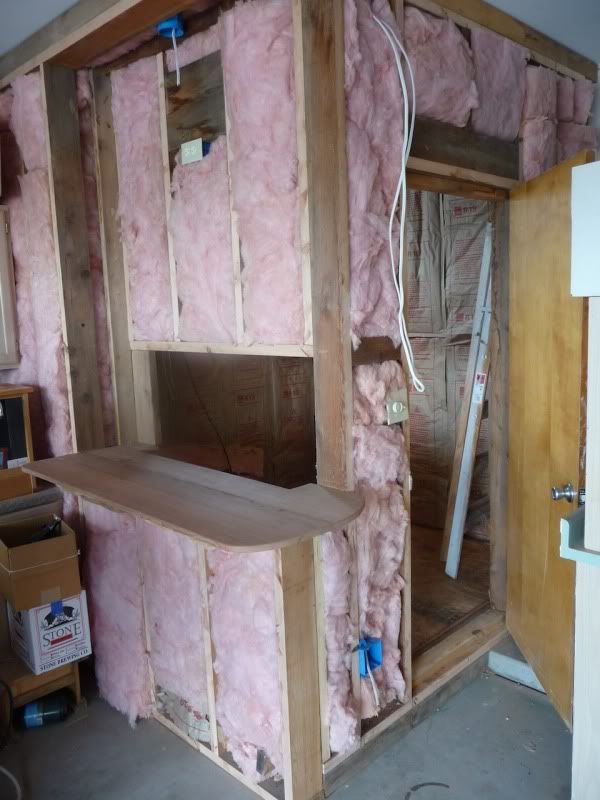freddyb
Well-Known Member
- Joined
- Apr 1, 2008
- Messages
- 179
- Reaction score
- 7

Going back to page one and the insulation facing. In home building the term used to decide which way the vapor barrier faces is conditioned space so the barrier would face insde. If you use a vapor barrier on the unconditioned side it will trap moisture and cause mold. That is why the new external house wraps (tyvek) are "one way" barriers and allow moisture to escape. I am not a fan of plastic as as I have seen alot of moisture buildup and run to the bottom of the wall. Most builders I have worked for opt for the kraft (paper) backing.

Going back to page one and the insulation facing. In home building the term used to decide which way the vapor barrier faces is conditioned space so the barrier would face insde. If you use a vapor barrier on the unconditioned side it will trap moisture and cause mold. That is why the new external house wraps (tyvek) are "one way" barriers and allow moisture to escape. I am not a fan of plastic as as I have seen alot of moisture buildup and run to the bottom of the wall. Most builders I have worked for opt for the kraft (paper) backing.



Do you plan on insulating the door?
Thus far I have spent:
wood for framing - free
2 sheets of plywood for floor - $19 each
insulation - $90
solid core door - $10 (Habitat Restore)
door hardware - free
8000 BTU AC unit - $199
wiring, switches, outlets and boxes - $32.

Plastic. You can practically hose the place out.

Enter your email address to join: